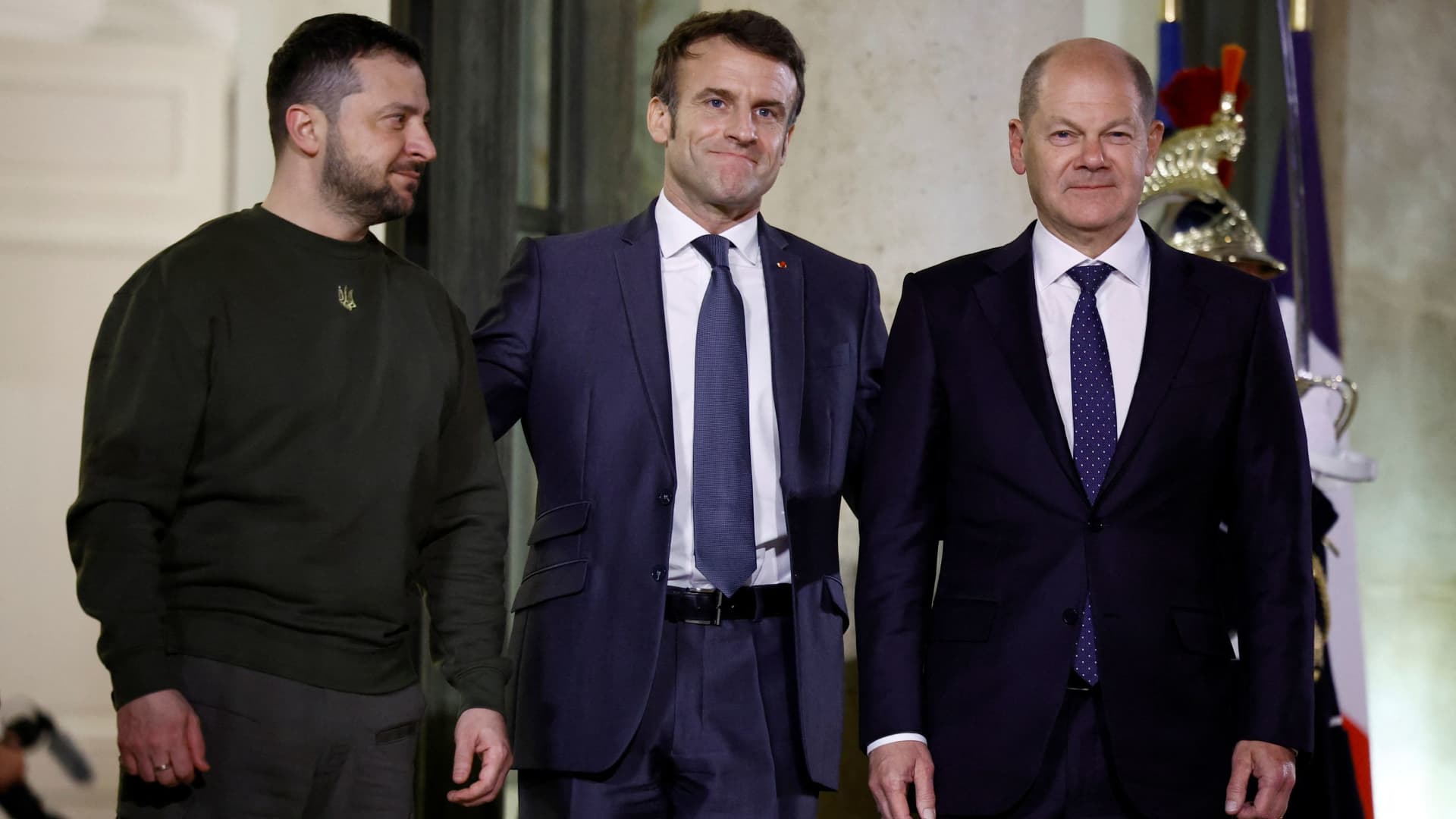Should the EU collectively borrow from global markets and raise new debt to address their defense needs amidst Russia’s actions in Ukraine? This question looms large for EU officials as they grapple with the escalating situation and commit to increasing defense spending.
The debate surrounding this issue is not novel, and its roots delve deep into history. Traditionally, EU nations, particularly those inclined towards fiscal conservatism, were hesitant to engage in joint borrowing from capital markets with other member states. The concern revolved around the fear that their prudent fiscal policies could be compromised by the spending habits of other nations within the bloc.
However, in 2020, faced with the unprecedented financial challenges posed by the Covid-19 pandemic, all 27 EU members opted to collectively raise debt as a unified response. Now, nearly four years later, some EU officials advocate for utilizing a similar approach to finance new defense initiatives.

Belgium’s Prime Minister, Alexander de Croo, sees joint borrowing as a means to accelerate and broaden Europe’s industrial capacity, emphasizing its significance in the current scenario. Echoing this sentiment, Estonian Prime Minister Kaja Kallas views joint bonds as a viable strategy to enhance the bloc’s defense capabilities.
Yet, not everyone shares this perspective. Germany’s finance minister, Christian Lindner, expressed skepticism at the Munich Security Conference, cautioning against a one-size-fits-all solution of mutualized debt. Instead, Lindner proposed alternative strategies such as developing a single market for defense products, fostering industry consolidation, and pursuing joint procurement of military goods.
Similarly, Dutch Prime Minister Mark Rutte voiced opposition to EU-wide joint debt, advocating for funding defense spending either at the national level or through the EU’s own resources. Rutte emphasized the importance of transparency and accountability in financing defense initiatives.
The urgency to bolster region-wide defense spending is underscored by escalating security threats, particularly from Russia, and uncertainties surrounding the upcoming U.S. election. Former U.S. President Donald Trump’s remarks regarding NATO allies’ defense spending commitments have further fueled concerns about the transatlantic partnership’s reliability.
Many European NATO members have struggled to meet the 2% of GDP defense spending target, citing financial constraints and historical contexts. Nevertheless, recent data indicates progress, with 18 out of 31 member states expected to fulfill this pledge.
The specter of Russia’s security threat looms large, prompting European leaders to reassess and augment defense budgets. Danish officials have issued warnings about a potential Russian attack on a NATO country within the next three to five years, a sentiment echoed by German counterparts.
Germany’s Defense Minister, Boris Pistorius, emphasized that meeting the 2% target is just the beginning, suggesting that greater investment in defense will be necessary in the coming years.
The debate over EU-wide joint borrowing to finance defense spending reflects a complex interplay of fiscal, strategic, and geopolitical considerations. While some advocate for collective action as a means to bolster Europe’s defense capabilities, others emphasize alternative approaches to achieve the same goal, underscoring the need for careful deliberation and collaboration among EU member states.






















